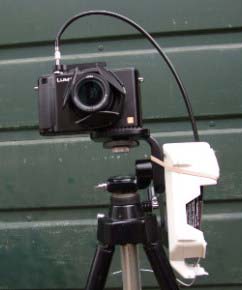In this Instructable, [Gelstronic] proves anyone can afford a 3D printer. Why? Because you can literally build one out of computer e-waste — specifically, DVD/CD drives.
His goal was to build a printer for less than a hundred euros. And he darn well did it. The most expensive part was the hot-end coming in at 20 euros. He managed to find a Chinese Arduino MEGA 2560 for only 10 euros, and everything else was basically pocket change.
The hot end features a geared NEMA 17 look-a-like stepper motor he found in a printer, and the XYZ axis all make use of the DVD drive trays. The only downside to this massive reusing of e-waste is the bed size. Due to the limited range of motion on the DVD trays, his build area is only 40 x 40 x 40 mm, which in the world of 3D printing is pretty tiny. On the plus side, he’s even thrown in a heated bed making use of two 7W resistors which can get it all the way up to 110°C!
After a bit of tweaking he was able to get some surprisingly good prints, with a 10mm cube coming out at 10.06mm! He must have a pretty good caliper Anyway, check out the following demo!
Continue reading “Poor Man’s 3D Printer Looks Rough, Prints Great!”

















